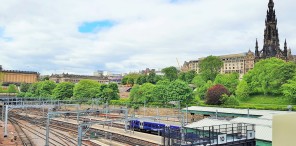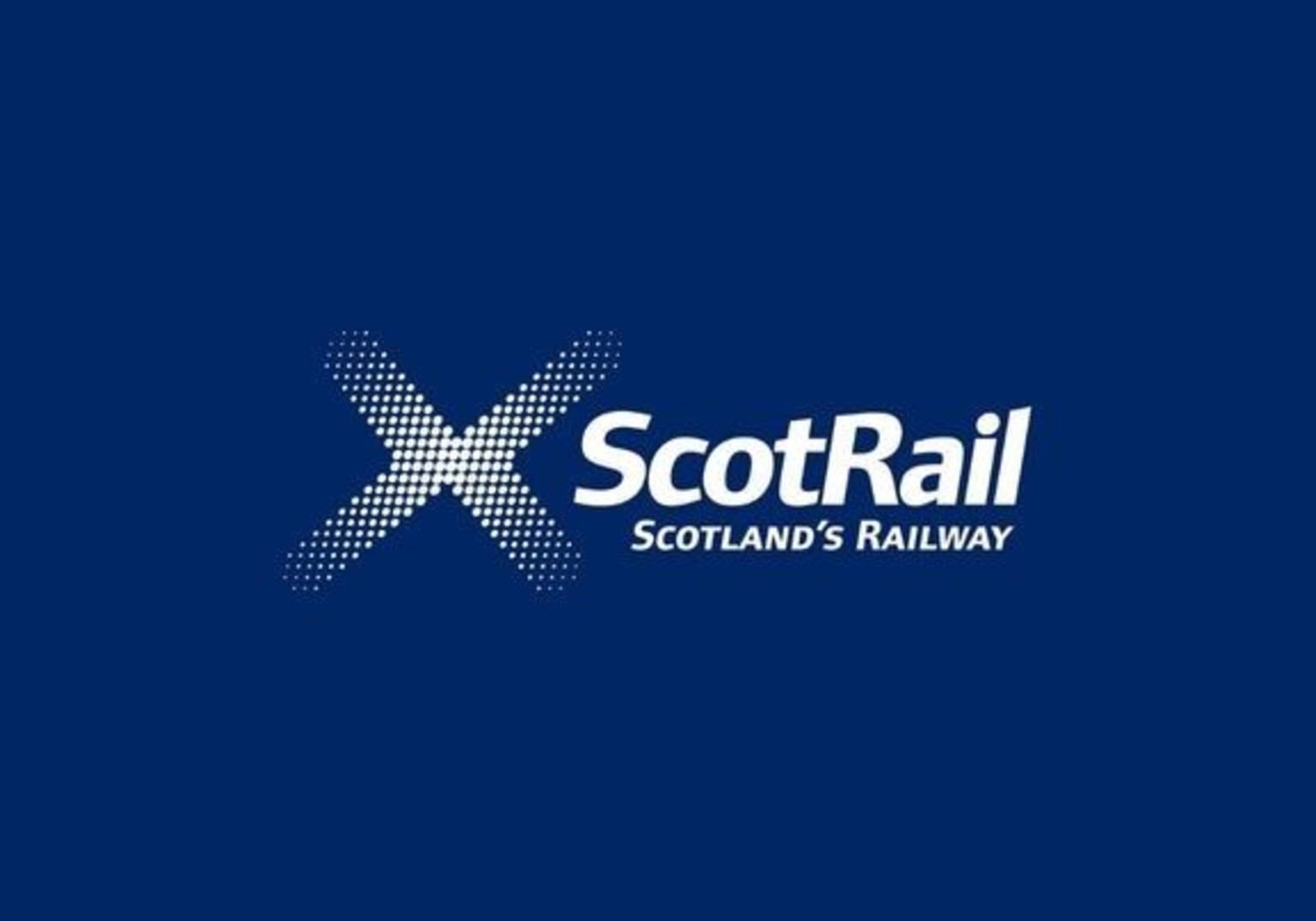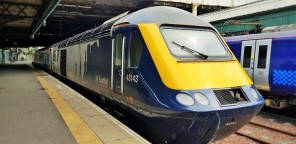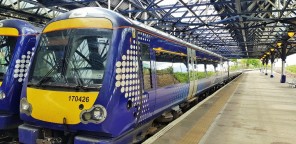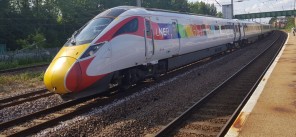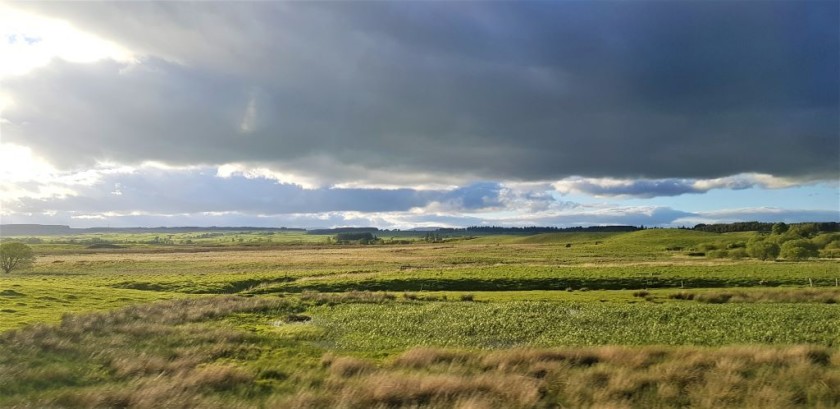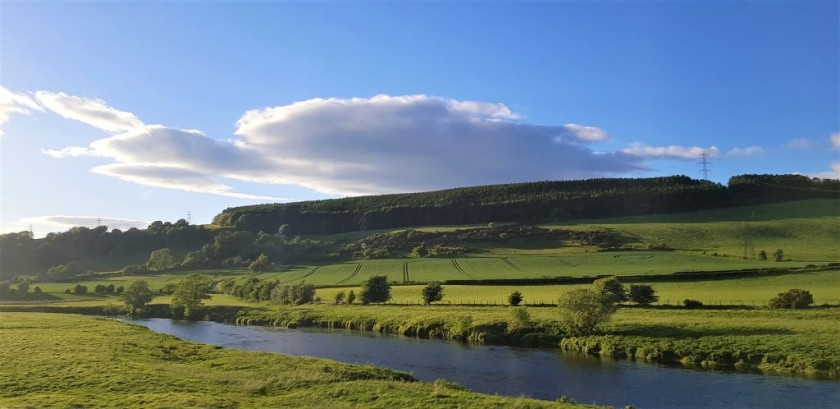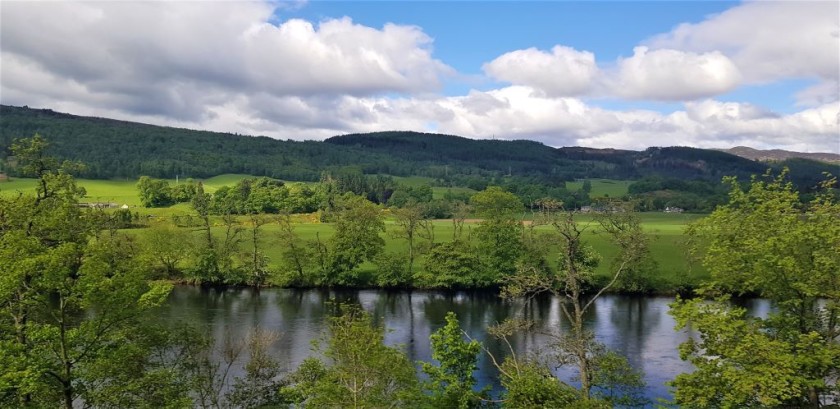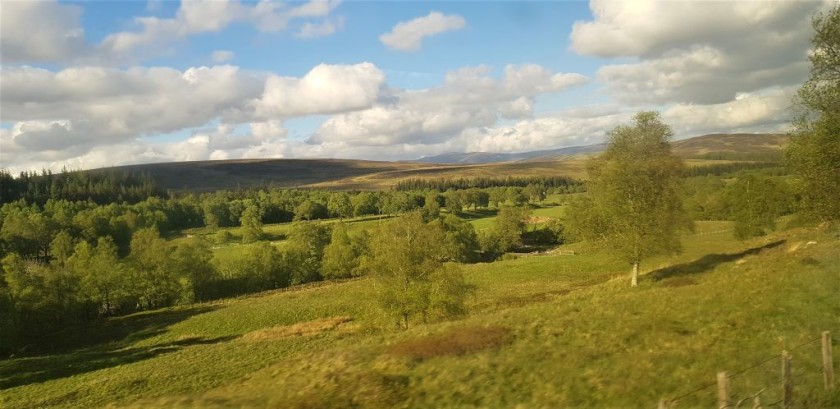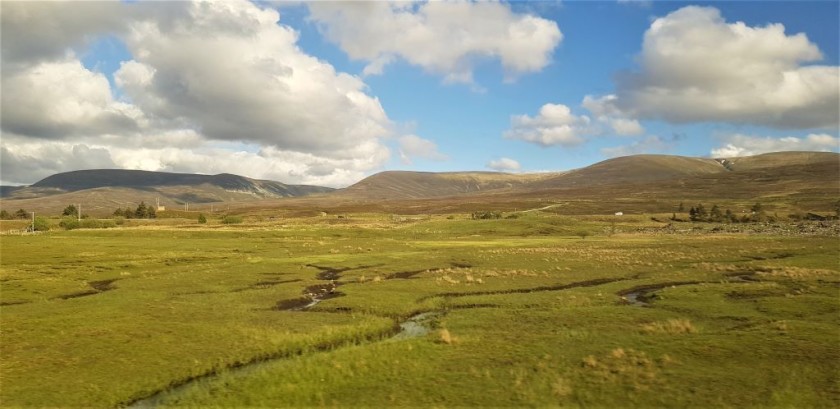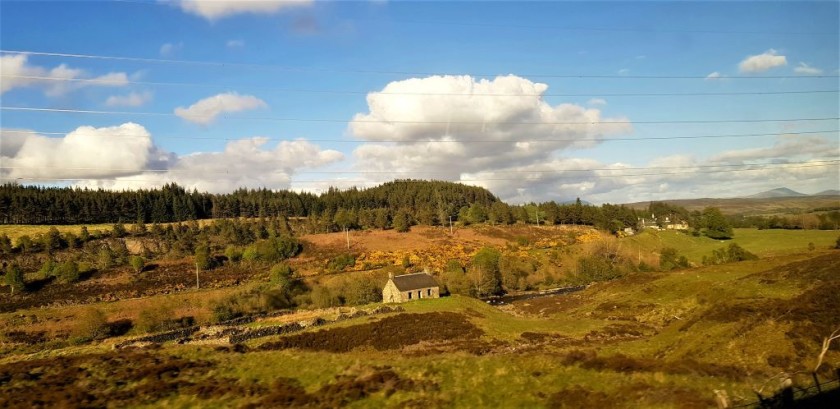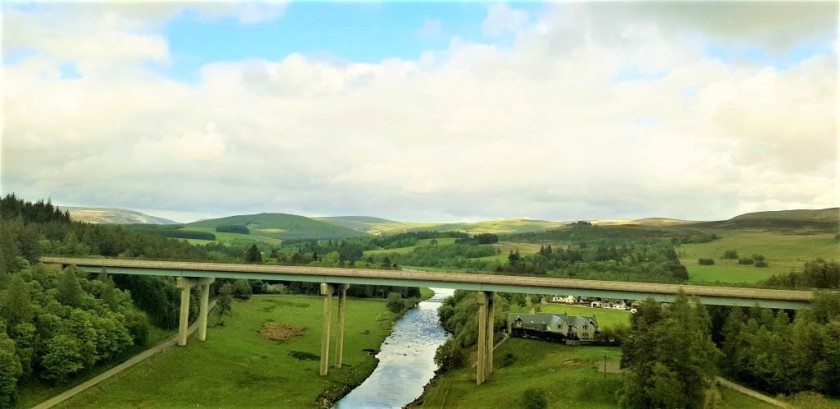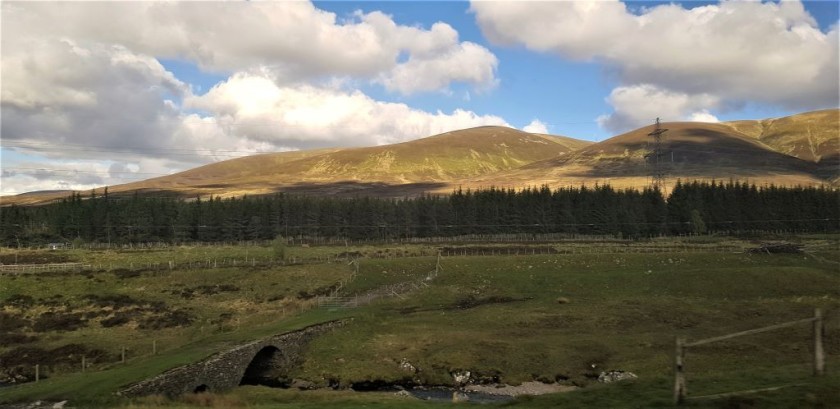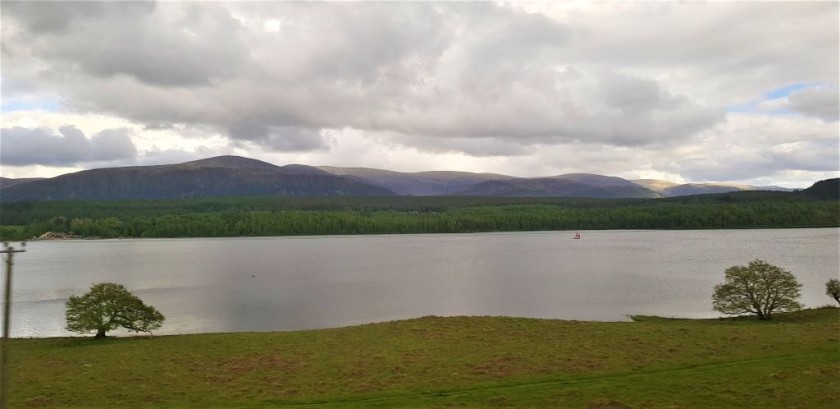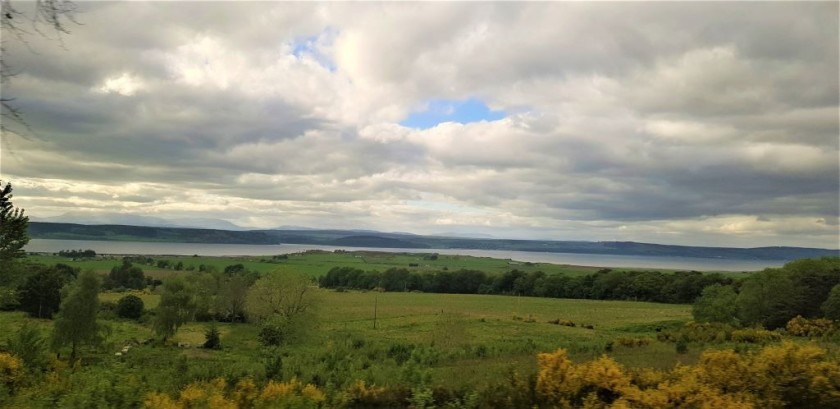Related Content
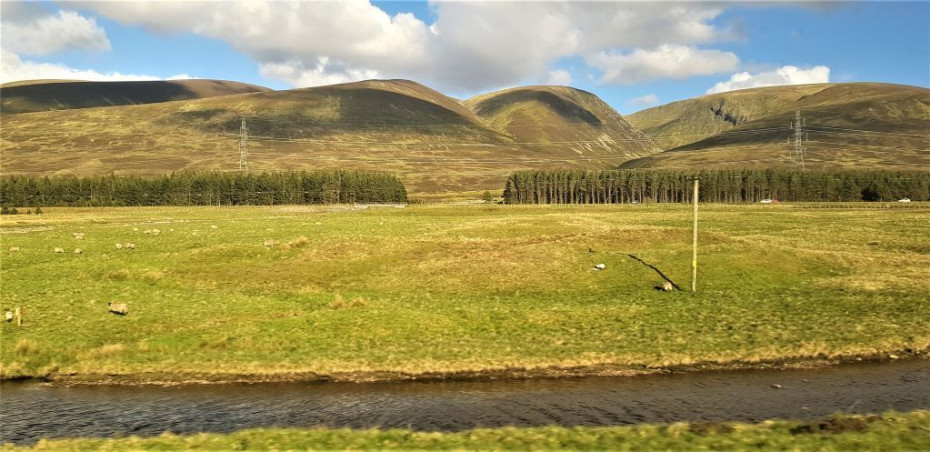
How to travel from Edinburgh to Inverness on the beautiful train journey
Share this journey with a friend...
Edinburgh to Inverness by train
Routes you can take to go from Edinburgh to Inverness
When travelling between most cities by train there is only one logical option, though on other journeys there is a choice between different trains or alternative routes. If different options are available you can use the info to decide which is best for you.
Choose one of the following options:
Looking for connections?
Route Information
Travel Time (approx)
3hr 25min (approx)
Frequency
Daily
Travel Info
Mon to Saturday = 6 x trains per day
Sunday = 4 x trains
Is the journey from Edinburgh to Inverness direct?
Yes
Is the journey scenic?
Yes, particularly after Perth when the train which travel over the UK's highest main line rail route
See the Journey Information for images and videos
What other tourist locations are along the route from Edinburgh to Inverness?
These trains call in Stirling and Perth and Pitlochry and Aviemore.
When is the usual approximate earliest arrival at Inverness?
- After 12:05 on Monday to Saturday
- After 13:15 on Sunday
When is the usual approximate latest departure from Edinburgh Waverley?
- After 19:30 on Monday to Saturday
- After 16:30 on Sunday
How easy is it to travel to the station in Edinburgh?
Edinburgh Waverley is conveniently located in the heart of the city and it served by the Edinburgh trams, and all buses which serve Princes Street.
See the Station Guide above for more info, plus easy access to multiple options for booking somewhere to stay by Edinburgh Waverley.
Are tickets cheaper if booked in advance for this journey option?
Yes
How soon ahead of travel are tickets typically placed on sale for this journey option?
12 weeks; See the Ticket Information for more details
What are the child ticket terms for the journey from Edinburgh to Inverness?
Aged 5 to 15 = 50%; 4 and under = free
Does the ticket for the for this journey option include assigned seats?
Varies according to the type of ticket being booked - But, Yes when booking Advance Tickets; See the Ticket Information for more details
Do rail pass users need to book reservations for these trains?
No
Is catering available for this journey option?
It depends on the train service being used for a specific departure:
- ScotRail train = most departures have a trolley service
- LNER train = a bar/bistro car and At Seat Catering; Complimentary catering in 1st class, which can include a full meal service.
What else is good to know?
See the general guide to travelling in Scotland by train.
This second version of ShowMeTheJourney is exciting and new, so we are genuinely thrilled that you are here and reading this, but we also need your help.
We’re striving not to let anything get in the way of providing the most useful service possible, hence a facility has been set up with DonorBox which can be used to support the running costs and make improvements.
Instead of advertising or paywalls, your financial support will make a positive difference to delivering an enhanced service, as there’s a lot of ideas which we want to make happen.
So if you have found the info provided here to be useful, please consider saying thank you.
See if there’s a unique journey guide for your trip, featuring info on the trains, tickets & stations.

This is one of more than 100 train travel guides available on ShowMeTheJourney, which will make it easier to take the train journeys you want or need to make. As always, all images were captured on trips taken by ShowMeTheJourney.
